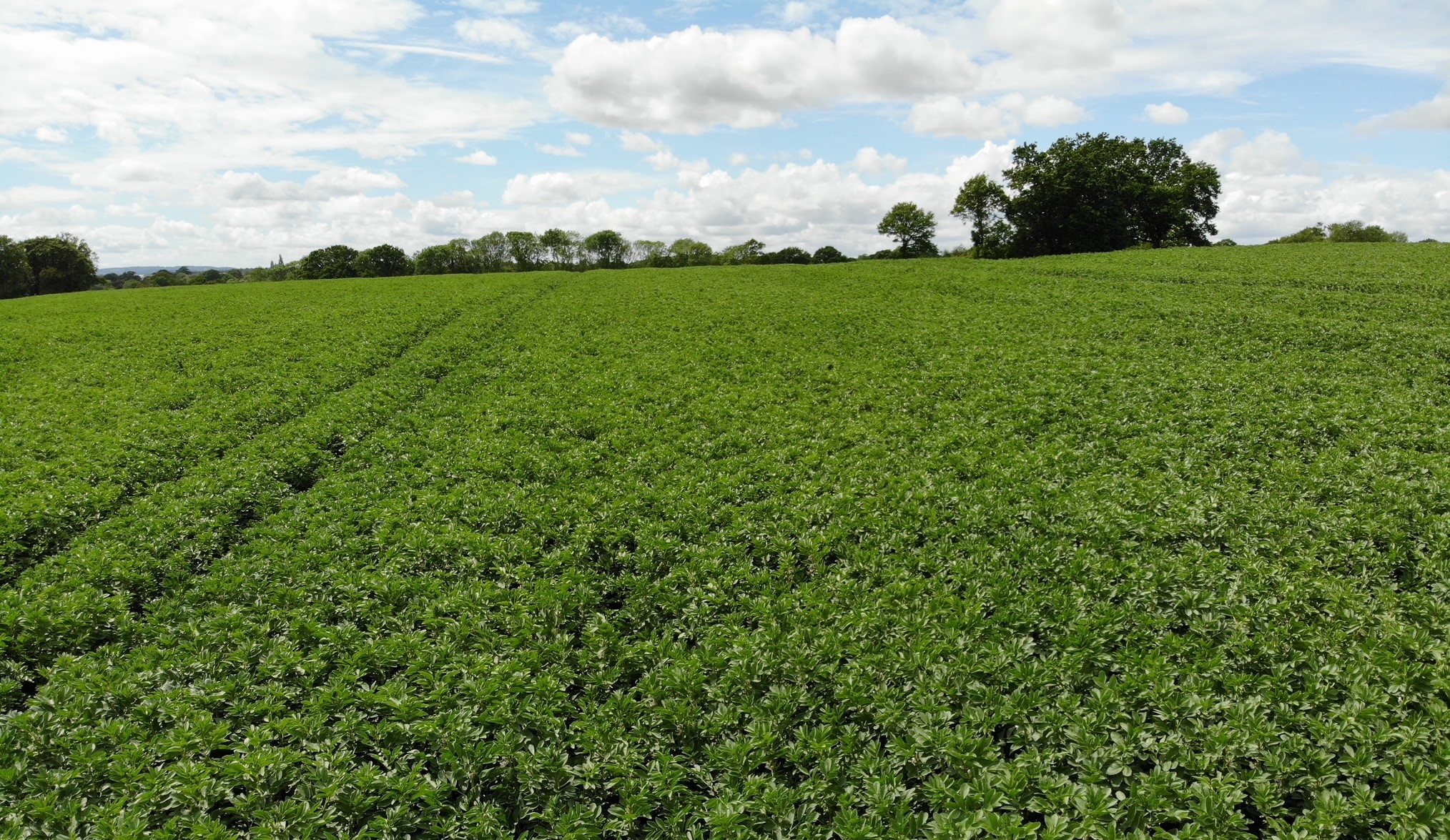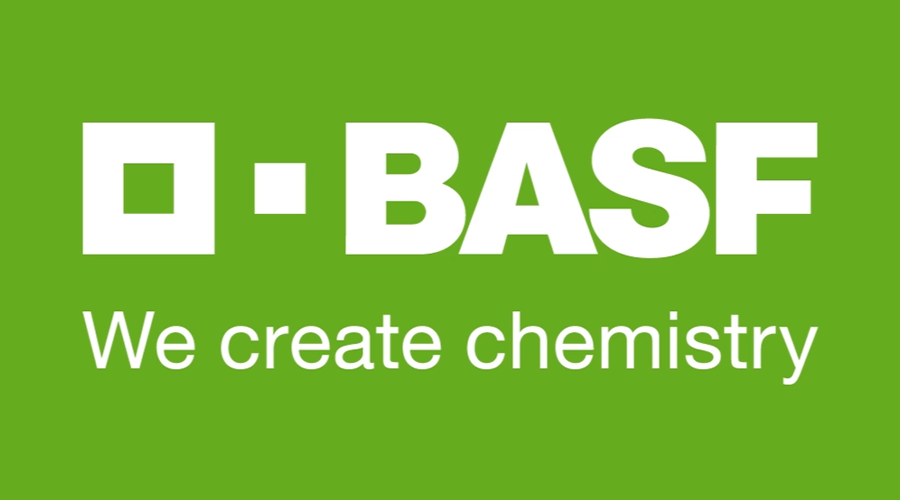- Kent grower’s 2024 bean crop outperforms winter wheat profitability
- Optimal conditions: No compaction, low weed and disease burden vital to success
- Strategic input: Herbicide and fungicide choice instrumental for high-yielding beans
In an era where UK winter field bean yields range from a low of 3.7t to highs of 4.9t/ha*, last year’s 9t/ha yield in some of Richard Budd’s Kent fields warrants further analysis, according to BASF’s Business Development Manager, Iain Ford.
“In 2024 Richard averaged a winter bean yield of over 6t/ha, with some fields achieving more than 9t/ha. These fields generated a higher gross margin compared to the farm’s winter wheat.
“Based on last year’s PGRO September 2024 ex-farm price of £215/t and typical variable costs of £85/t, a gross margin of £1,170/t on a 9t/ha crop, and £780/t on 6t/ha, demonstrates that, grown well, beans can be a lucrative break crop.”
Mr Budd who farms over 1,600ha near Tonbridge, has been awarded ADAS YEN trophies for his wheat, oilseed rape and beans over recent years.
His 2023/4 bean crop – 200ha of Vesper – benefited from his non-negotiables – no compaction, minimal weed competition and good disease control
He says: “Beans hate compaction, so we subsoil before drilling at 45 seeds/m2, adjusted for germination rates. The bean seeds were big with a good thousand grain weight, which is known to make a difference to yield. We applied Kerb (propyzamide) and Nirvana, pre-emergence, to give residual grassweed control.”
Mr Ford says that Richard Budd’s seedbed preparation is key to the herbicide’s performance. “Getting the most out of Nirvana is largely about timing applications within 24 hours of drilling into fine, firm seedbeds to ensure even herbicide coverage and good crop safety.”
Mr Budd notes that at their peak, his beans reached over 8ft tall, with up to 50 stems/m and 55 pods/plant.
While last year’s spring was detrimental to many crops’ development, the cooler, wetter weather meant good flowering and pod set conditions.
Any tell tail senescence in July indicates one of two issues Mr Budd says – a heat wave or a chocolate spot infection.
“It doesn’t matter which crop you look at in the YEN competition, the longer you can keep them green, the bigger the yields. Beans are no different. I aim to keep them green until mid-July for harvest in late August or early September.
“When chocolate spot gets going it can be very aggressive, and it is the number one disease for yield loss. We mainly use tebuconazole and Signum, both are protectant, so we keep an eye on disease levels and maintain spray intervals.”
Mr Ford says, “Signum is widely recognised as being the most effective product for controlling chocolate spot and contributes to keeping crops green in several ways.
“Applications at early flowering, repeated at mid to late flowering, protects beans through those important growth stages. Trials have shown that Signum also increases photosynthetic rate of the leaves adjacent to flowers and pods in the two weeks after application, which drives the growth and development of the seed and is key to gaining consistent yields.”
Ultimately Mr Budd says growing high yielding bean crops is about mindset.
“I firmly believe that break crops must contribute as much as possible to the rotation, they aren’t there just to give us good wheat crops. Last year’s results weren’t a complete fluke. The weather certainly helped but we worked hard to get the basics in place.”

